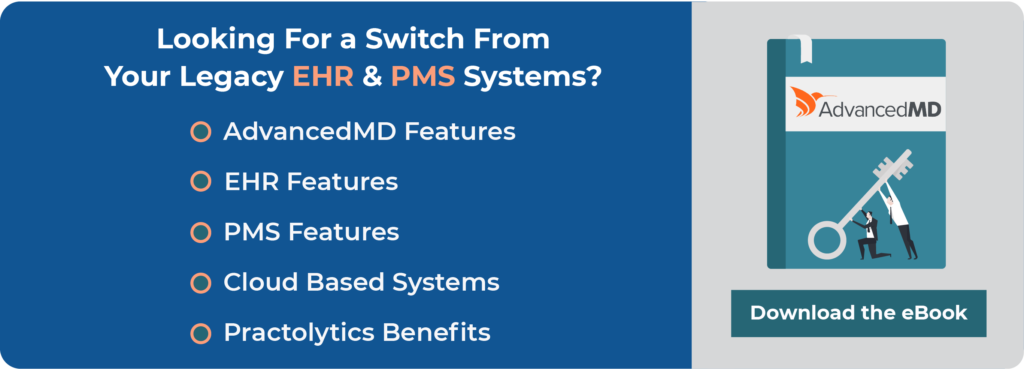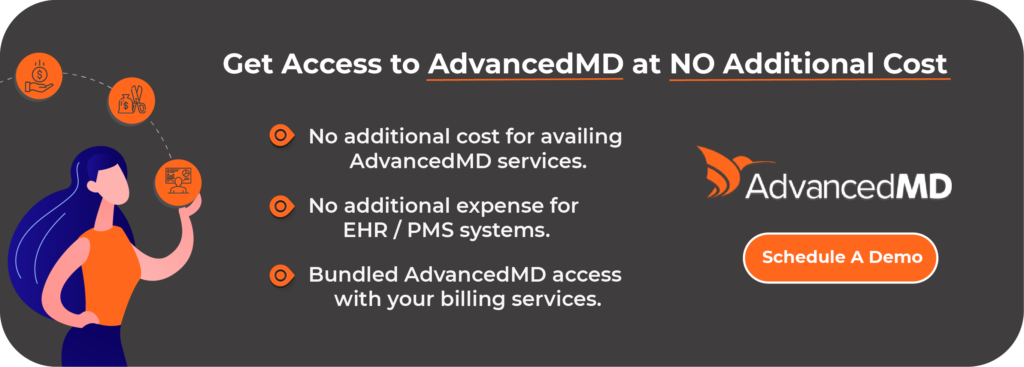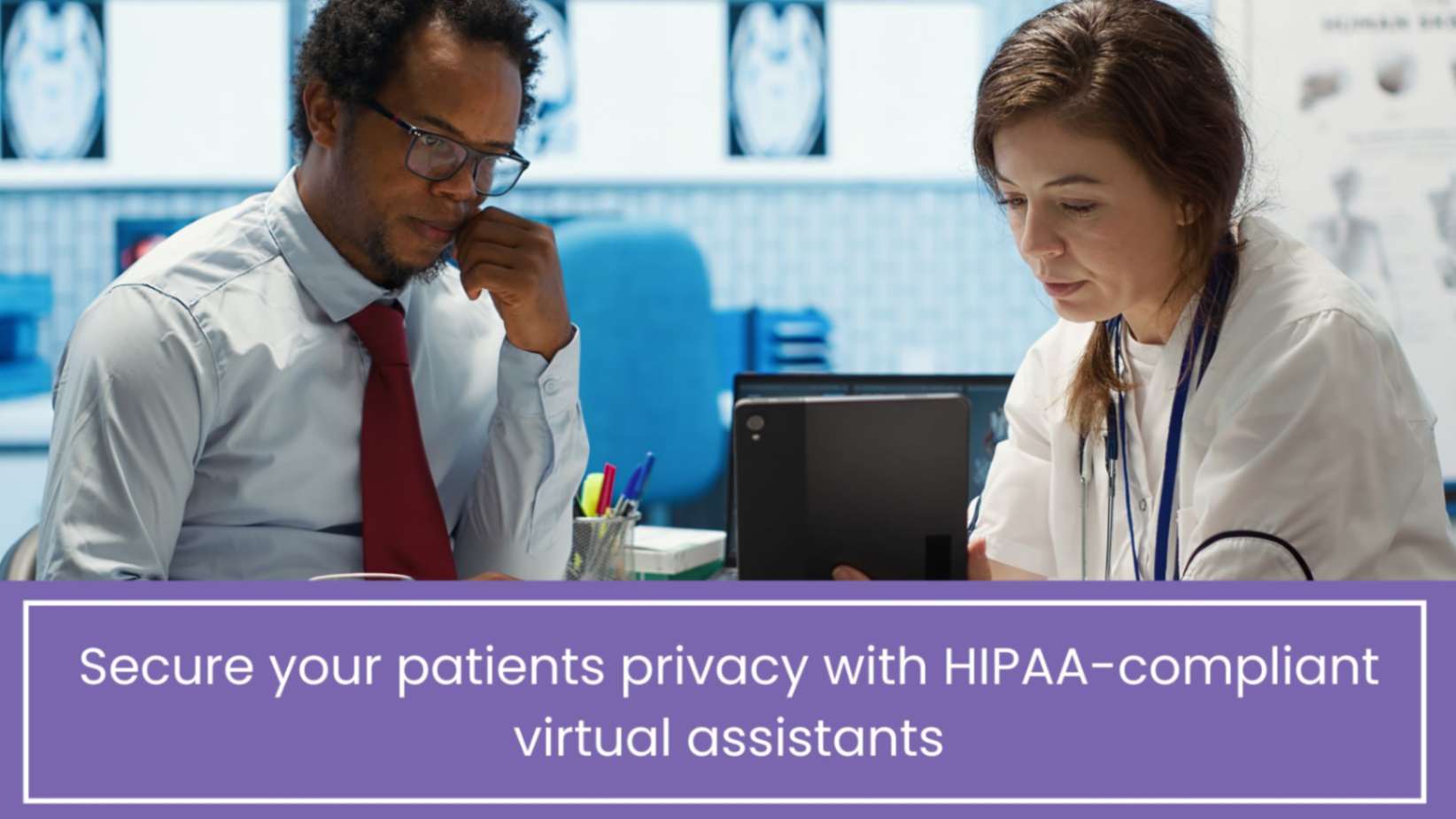Appointment and Charges Reconciliation – Importance of Doing this and How Often Should it Be Done
Emphasizing the need for a health revenue cycle management can never go out of fashion in the healthcare industry. Many people consider the revenue cycle as the lifeblood of healthcare organizations, and it has been making the rounds in healthcare daily discourses because it comes with many challenges that affect both the clinical and the business aspects of healthcare. As these challenges aren’t expected to end soon, it becomes imperative to educate practices on processes affecting revenue flow and establish models to reduce or eliminate these challenges.
Appointment and charges reconciliation is one of the processes that significantly affect revenue. Its effect is in two folds; if done properly, the result on the practice’s revenue cycle is positive; and if poorly done, the result is negative. That’s why this article gives a detailed analysis on it while exploring its importance to establish how often practices should do it. Let’s dive in!
Table of Contents
Appointment and Charges Reconciliation
When a patient steps into the practice at a scheduled date and time for diagnosis and treatment, the visit must be documented to reconcile it against the charges the patient eventually receives. This is essentially the idea surrounding appointment and charges reconciliation. In simpler terms, it is the act of confirming that a charge exists for every appointment/visit and service delivered. In addition, it involves comparing the charges providers generate to the service delivered.
Without this process, many dollars can be lost, which can affect the future of any healthcare practice. Whether it is a small practice with a decent patient care demand or a large group practice with a high care demand, at least 1% of net charges is left on the table which may turn out to be a significant amount based on the practice size. So, monitoring every appointment and taking actionable steps towards timely and accurate charge capture and confirmation for such appointments goes a long way in maintaining a good revenue cycle.
This process at most healthcare practices concerns generating reports and reviewing each patient’s clinical documentation to verify accurate charging has occurred. As much as this suggests a manual implementation of these processes, every practice management software can help automate this process easily and accurately.
Steps to Ensure Proper Appointment and Charges Reconciliation
1. Updated Status
Providers must ensure all appointments have an updated status that confirm patient’s stage at the beginning of their healthcare delivery. For example, it should be confirmed whether a patient checks in, canceled an appointment, or didn’t show up at all. Updating the status of these stages helps to identify patients who step into the practice and consequently receive care. It also gives accountability for the care that they receive.
2. Charge Release
In a case where a patient checks in, gets diagnosed and receives treatment, providers need to ensure their charges are released from the Electronic Healthcare Records (EHR), and they receive their charges before they walk out of the hospital door. Failure to do this would mean providers say goodbye to money and other resources invested in healthcare.
3. Reconcile Appointments and Charges
After the appointment is documented and the status updated, the next step is to associate such appointments with their respective charges. Additionally, this reconciliation must be done frequently and constantly tracked. It should also be reviewed to confirm that patients get the right charges for the care received.
Importance of Appointment and Charges Reconciliation
Appointment and charges reconciliation is important for the following reasons:
1. Reduces Revenue Loss and Increase Revenue Generated
Many healthcare practices lose a lot of dollars due to a lack of appointment and charges reconciliation. However, if this practice is integrated into the organization’s daily operations, it drastically reduces losses in revenue and increases revenue generated.
2. Reduces Charge Lag
A survey in 2019 shows that most organizations fail to capture charges under 24 hours. For them, it requires 3-7 working days, and that significantly affects the revenue cycle. However, as long as appointment and charges reconciliation is done daily, it automatically reduces lag in charge submission.
How Often Should It Be Done?
A healthcare organization’s revenue cycle can quickly become chaotic if there aren’t proper practices to uphold its maintenance. The appointment and charges reconciliation process is a necessary practice that brings efficiency because it allows for fast and accurate charge capture and offers resolution for any pending charges. Once this is achieved, there’s an ease in workflow and improvement in the organization’s bottom line. Also, healthcare organizations realize a 0.5 – 1% improvement in annual net revenue.
Bearing the significance of appointment and charges reconciliation in mind, alongside the complex nature of a practice’s revenue cycle management, it becomes clear that appointment and charges reconciliation is a process that requires a high level of consistency. In other words, it is a process that must be carried out on a timely and accurate basis. Ideally, it is done daily. So, having a daily appointment and charge reconciliation process allows to reduce loss of revenue which may hamper the operations of a healthcare organization.
No healthcare organization can afford to lose money unnecessarily, whether to cover reimbursement or improve the budget while preparing the healthcare organization for the future. Every dollar counts.
Bottom Line
Appointment and charges reconciliation is an essential part of healthcare revenue cycle management that affects many departments within the healthcare matrix. If every one of them carries out what is required, there’s an assurance of maximum revenue generation from the department to the healthcare organization.
Practolytics makes it one of the core processes for every client we onboard to ensure no revenue is lost at any given point. Talk to us, and we will walk you through the entire process of the reconciliation.
ALSO READ – 10 Tips to Grow Your Medical Practice in 2022
Talk to Medical Billing Expert Today — Get a Free Demo Now!







